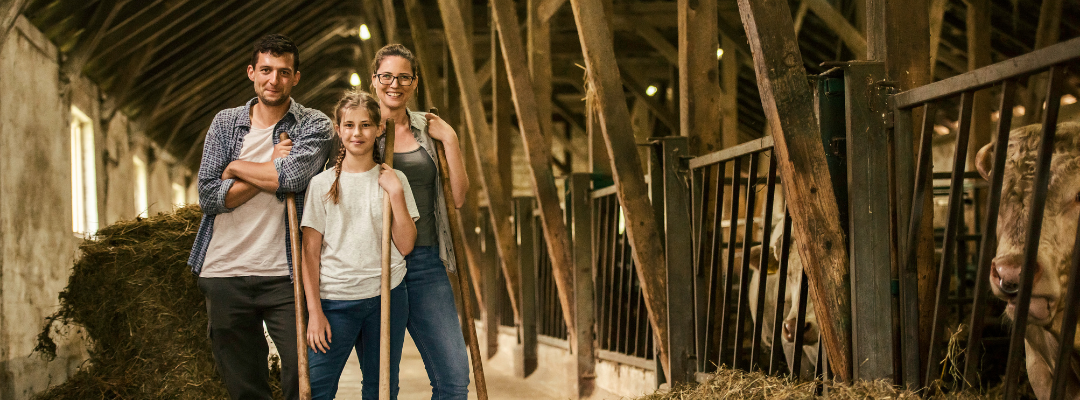Even in the year 2024, farming tends to be a family affair. The late nights and subsequent long hours can mean the most promising way to spend family time is by spending it together in the field or on the ranch. Predictably, the kids of generational farm parents can morph quickly into farm hands – driving grain carts, loading hay, working cattle, and, in general, proving themselves to be reliable help.
Farm families and family labor are multi-layered. The roles of manager and parent, employee and child begin to overlap, blend, and mesh over time. The slow, steady drip of ever-increasing labor from the kid often means there’s never a set hire date. Then, suddenly, your brand-new teenager has put in a 40-hour week on her summer break, completely unpaid. The farmer parent may make the valid point that they allow their child to work “for free” on the farm under the guise of building character or as an exchange for a future allowance like a car or college. While I’m never one to argue with character building, this route is not the best approach from a financial and tax perspective.
If your farm kid was hard at work in the wheat field or hay field this summer break, consider putting them on the payroll. In 2024, the standard deduction is $14,600. This means one could earn up to $14,600 and not owe any federal tax. Further, if a parent pays their child through a sole proprietorship, and the child is also under the age of 18, the child is also exempt from Social Security and Medicare taxes. The child can also be exempt from Social Security and Medicare taxes when working for a partnership as long as both partners are the child’s parents.
The wage paid to an employee who happens to be your child is a fully deductible expense to the payer, and if the amount falls under the threshold mentioned above, the child will not be subject to federal tax. In some instances, state and local taxes may apply, but those amounts are often nominal. This scenario is a win-win for the child and for the parents.
There are considerations to be made when adding your children to the payroll.
- The wage and the work must be reasonable. One can’t suddenly decide their child is worth $100 per stacked straw bale or $14,000 for a day’s worth of work.
- There’s paperwork. It’s important to treat your child like a proper employee. Keep and maintain payroll records and be sure to file the necessary forms throughout the year and at year-end, including issuing them a W2.
- Tax allowances are not labor and safety laws. Ensure you are following all laws in regard to children in agricultural settings.
- Every farming situation is unique. It’s best to speak with your local tax preparer to discuss your situation and ensure you follow the rules.
If you want to further set your children up for success, consider helping them invest their wages into a tax-free savings vehicle. A college investment account or a retirement account for those not college bound are a great option. Investing those wages while mom and dad are footing the bill for living expenses will really help to secure a person’s future.
Paying your kids to work on the family farm is a great way to instill the value of hard work, perseverance, and determination. Done the right way, adding your child to the payroll can be a beneficial situation for all parties involved.

